What is bimetallic transition joints
The three-layer metal materials of marine aluminum steel transition joint are aluminum alloy 5083; Industrial pure aluminum 1050 pure aluminum (intermediate layer); Class D ordinary ship plate CCSD. The main alloying element of 5083 aluminum alloy is magnesium, which has good weldability and tensile strength up to 350 MPa, and the tensile strength of welded joints up to 270 MPa. At present, aluminum magnesium alloy is mostly used in ship aluminum alloy superstructure; According to the specifications and standards of China Classification Society, general marine structural steel can be divided into four quality grades: A, B, D and e. the yield strength of CCSD marine steel is not less than 235 MPa and the tensile strength is 400 ~ 520 MPa; CO2 gas shielded welding has become the main welding method of marine steel because of its convenient operation, high welding efficiency and wide application range. The intermediate layer is industrial pure aluminum, and its tensile strength is 75 ~ 130 MPa. At present, aluminum steel transition joints are widely used in ships, which are connected with steel structures through low steel walls. They mainly include the butt joint between aluminum alloy bulkhead and marine steel bulkhead, and the butt joint between aluminum door and marine steel bulkhead.
Copper aluminum transition joint materials are widely used in the electrical industry with a wide variety, including transformer copper aluminum transition device joint, copper aluminum equipment clamp, reactor and transformer connection row. At present, copper aluminum composite joints mainly adopt friction welding, diffusion welding, flash welding, explosive welding and other processes. With the development of photovoltaic power generation and wind power generation, in order to ensure the stability of power supply in power plants, when using transformers, reactors and other equipment, the reliability of copper aluminum transition joints is higher and higher. The traditional process itself has the problem of joint brittleness, which can not meet the market demand, The copper aluminum composite plate and strip transition joint does not have the problem of joint brittleness, which fundamentally solves the hidden danger of transition joint quality and greatly expands its application space.
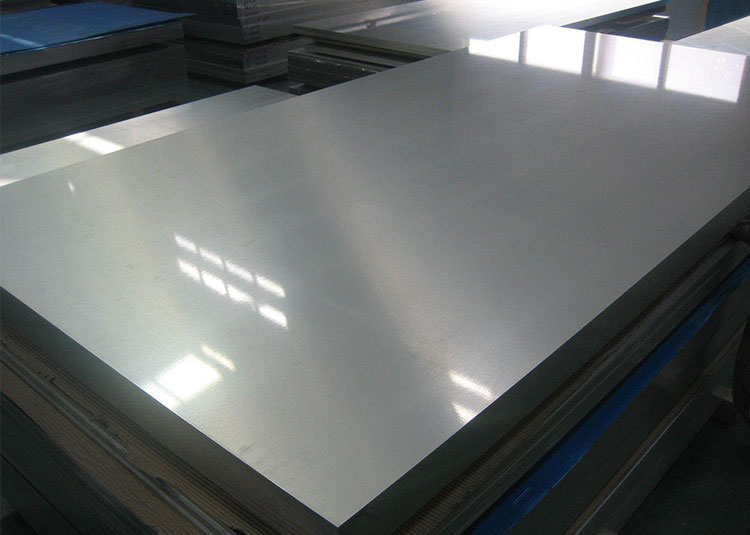
Aluminium Sheets
View Details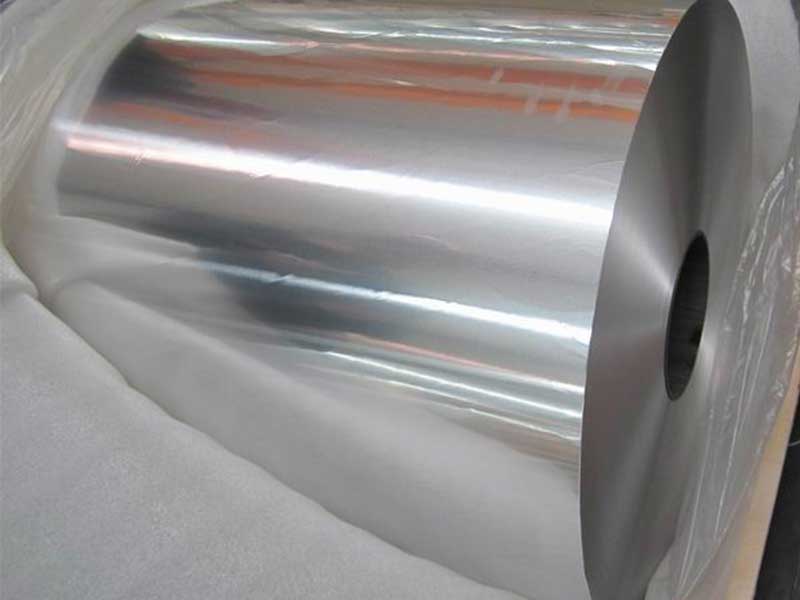
Aluminium Coils
View Details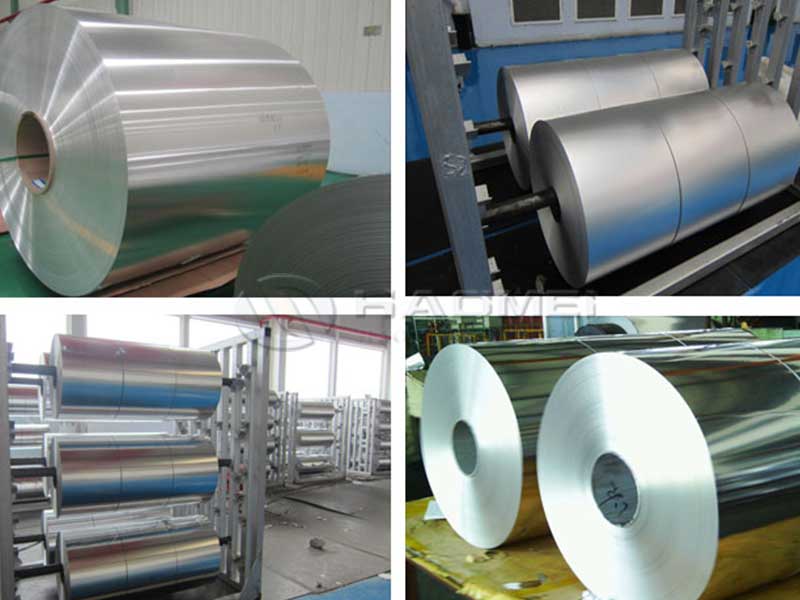
Aluminium Foils
View Details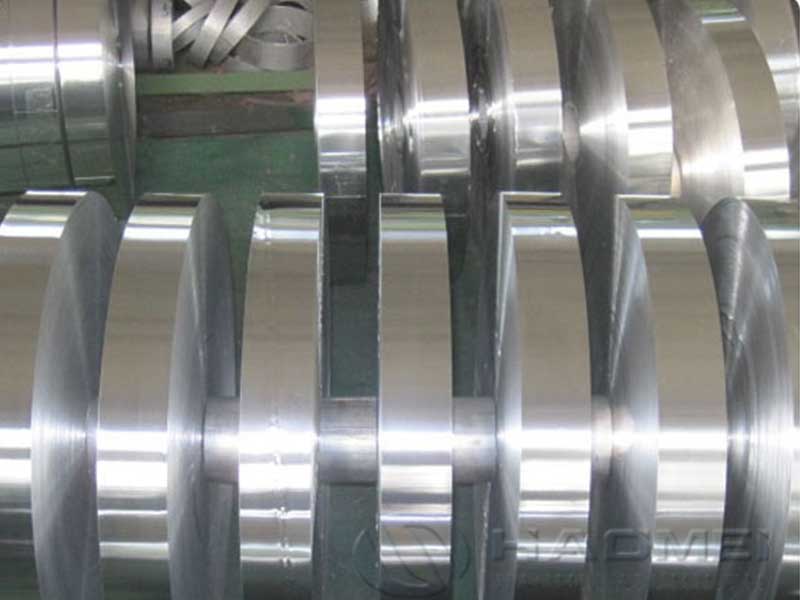
Aluminium Strips
View Details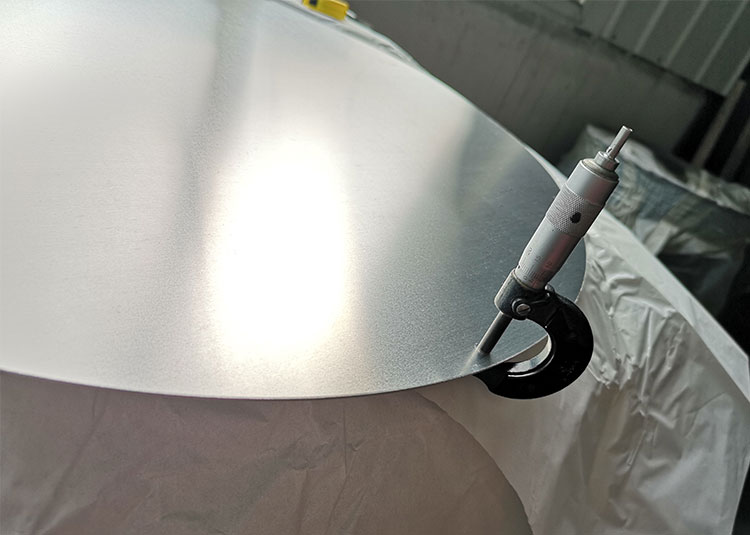
Aluminium Circles
View Details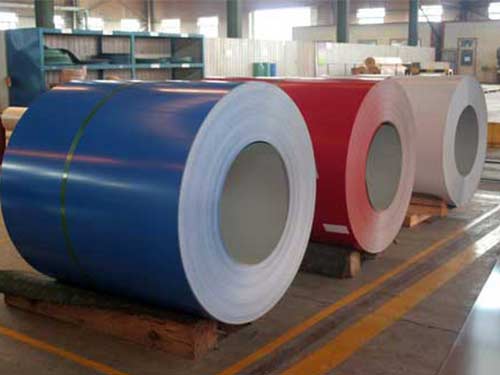
Coated Aluminium
View Details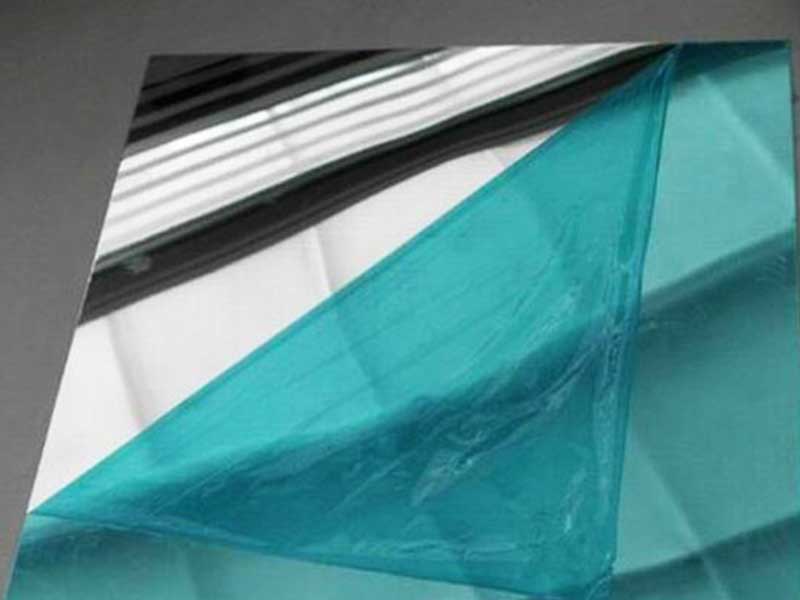
Mirror Aluminum
View Details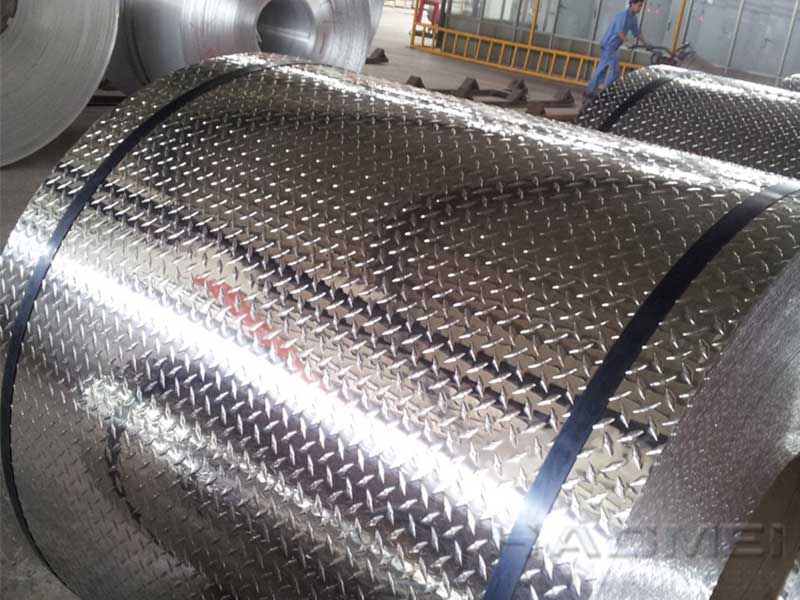
Stucco Embossed Aluminum
View DetailsAluminum
- aluminum offset polyester ps p...
- thin aluminum disc
- aluminum light reflector sheet
- Transition insert bimetallic p...
- 6082 aluminum plate,6082 alumi...
- solid metal disc
- 8006 aluminum foil for wrinkle...
- painted aluminum sheet 4'x8'
- Embossed Aluminum Circle Signs
- PVDF Aluminium veneer for exte...
- Aluminum transfromer windings...
- 3003 insulation aluminum coil...
- 5657 Anodised Coil Sheet
- 3004 Aluminum Sheet,china 3004...
- Aluminum Triangle Blanks Sheet...
- Aluminum circles for kitchen
- Aluminium Mold Block
- 7055 Aluminum Block
- aluminium tin foil
- 7A09 aluminum bar rod